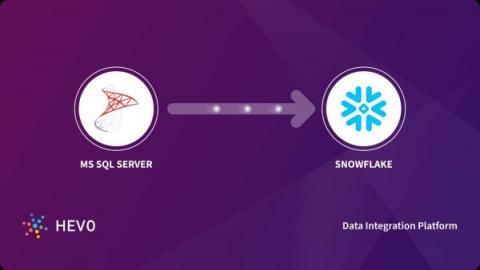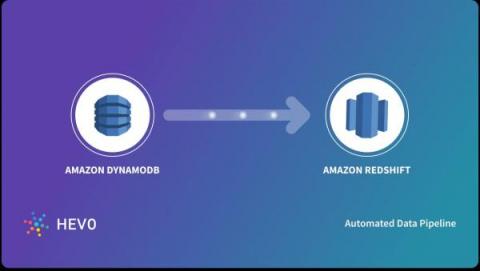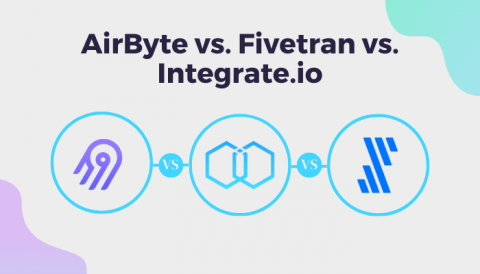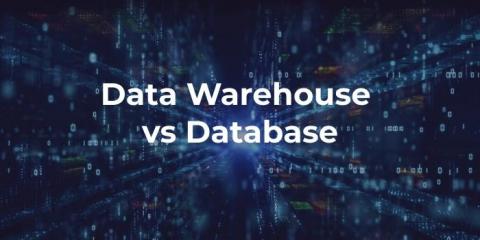Systems | Development | Analytics | API | Testing
Latest News
Cloud Data Warehouse: A Comprehensive Guide
Amazon Redshift ETL - Top 3 ETL Approaches for 2023
SQL Server to Snowflake: 2 Easy Methods
Microsoft SQL Server is kind of a swiss army knife for most SME needs and workloads. However there are a handful of things that SQL Server will be better at, and there’s a handful of things Snowflake will be better at. Table of Contents Snowflake is great if you have big data needs. It offers scalable computing and limitless size in a traditional SQL and Data Warehouse setting. If you have a relatively small dataset or low concurrency/load then you won’t see the benefits of Snowflake.
DynamoDB to Redshift: 4 Best Methods
When you use different kinds of databases, there would be a need to migrate data between them frequently. A specific use case that often comes up is the transfer of data from your transactional database to your data warehouse such as transfer/copy data from DynamoDB to Redshift. This article introduces you to AWS DynamoDB and Redshift. It also provides 4 methods (with detailed instructions) that you can use to migrate data from AWS DynamoDB to Redshift.







